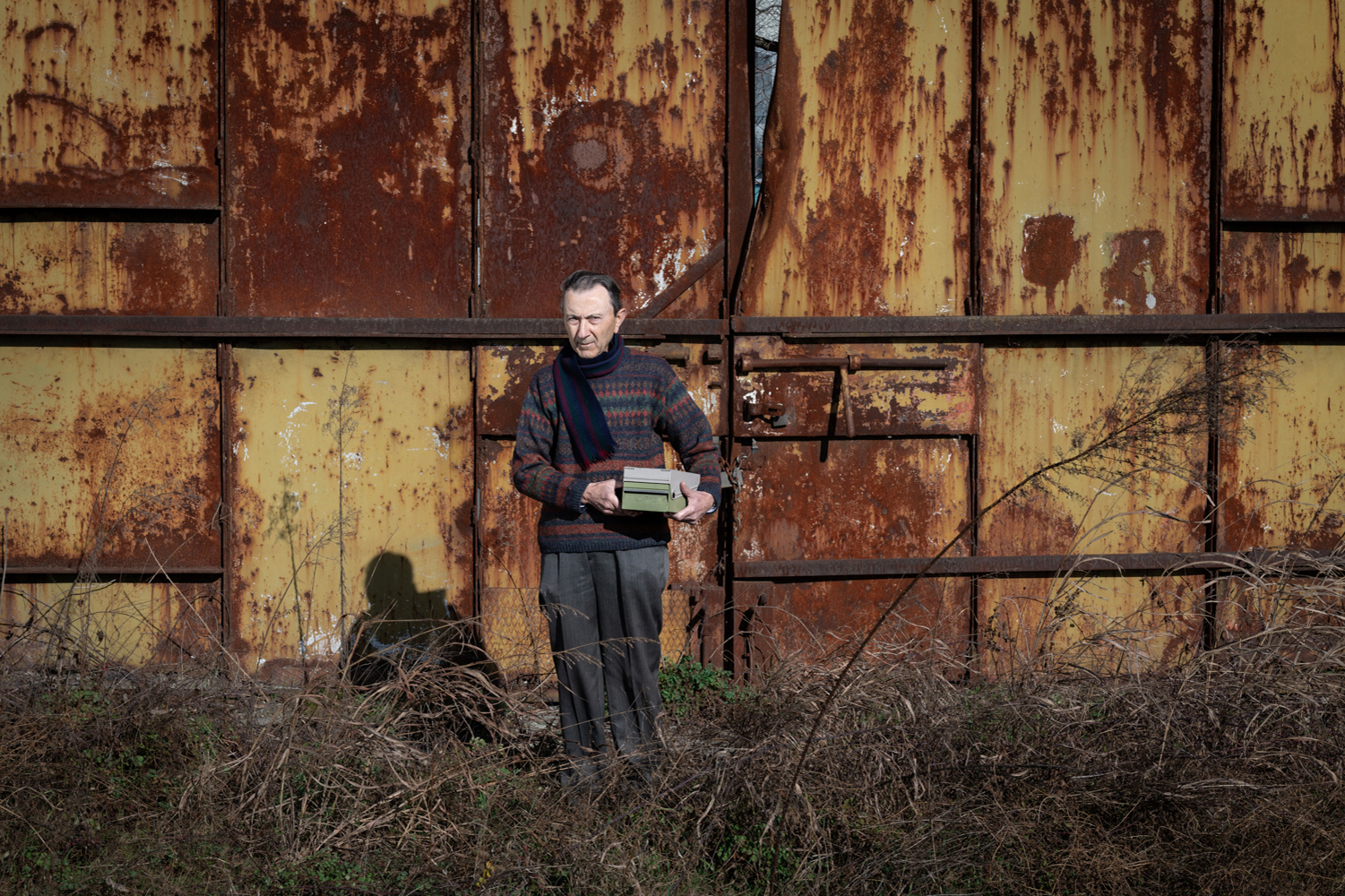

E’ in pensione dal 1990.
Mr. Gianni Gandini worked as an employee in the accounting office at the CIP - Compagnia Italiana Petroli factory from 1956 to 1970. He retired in 1990.
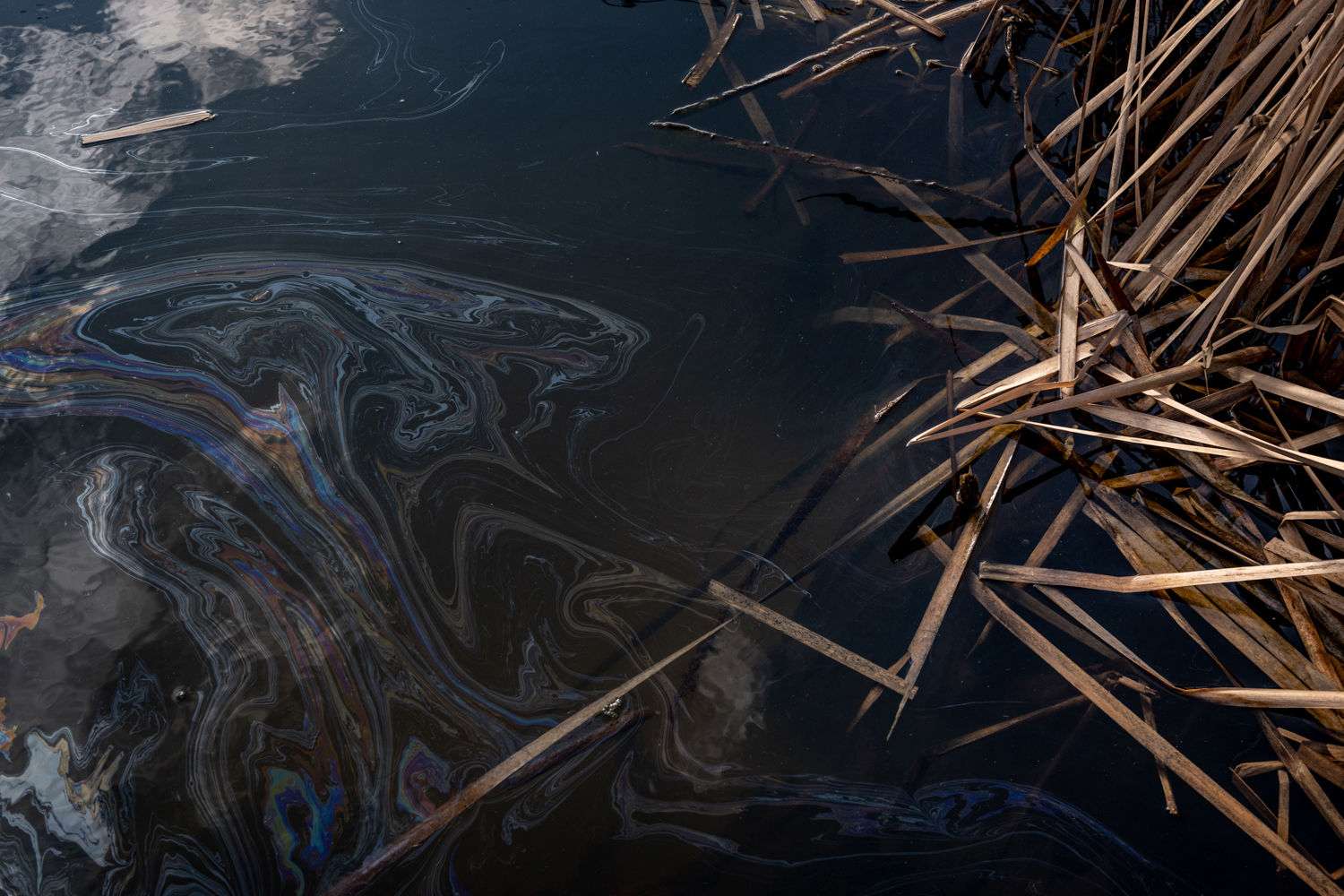

Lo stabilimento, collocato a nord del centro storico, era noto a Fidenza come “fabbrica della morte”, tanto che il Ministero della Sanità, nel 1973, ne ordinò la chiusura. L’area è estesa circa 28.600 mq.
The industrial area, now called exCIP, had among its activities the production of phosphoric acid, mercaptans and tetraethyl lead, pollutants that have affected the soil and aquifers of the site.
The plant, located North of the old town centre, was known in Fidenza as the "factory of death", so much so that the Ministry of Health, in 1973, ordered its closure. The area is about 28,600 square meters.
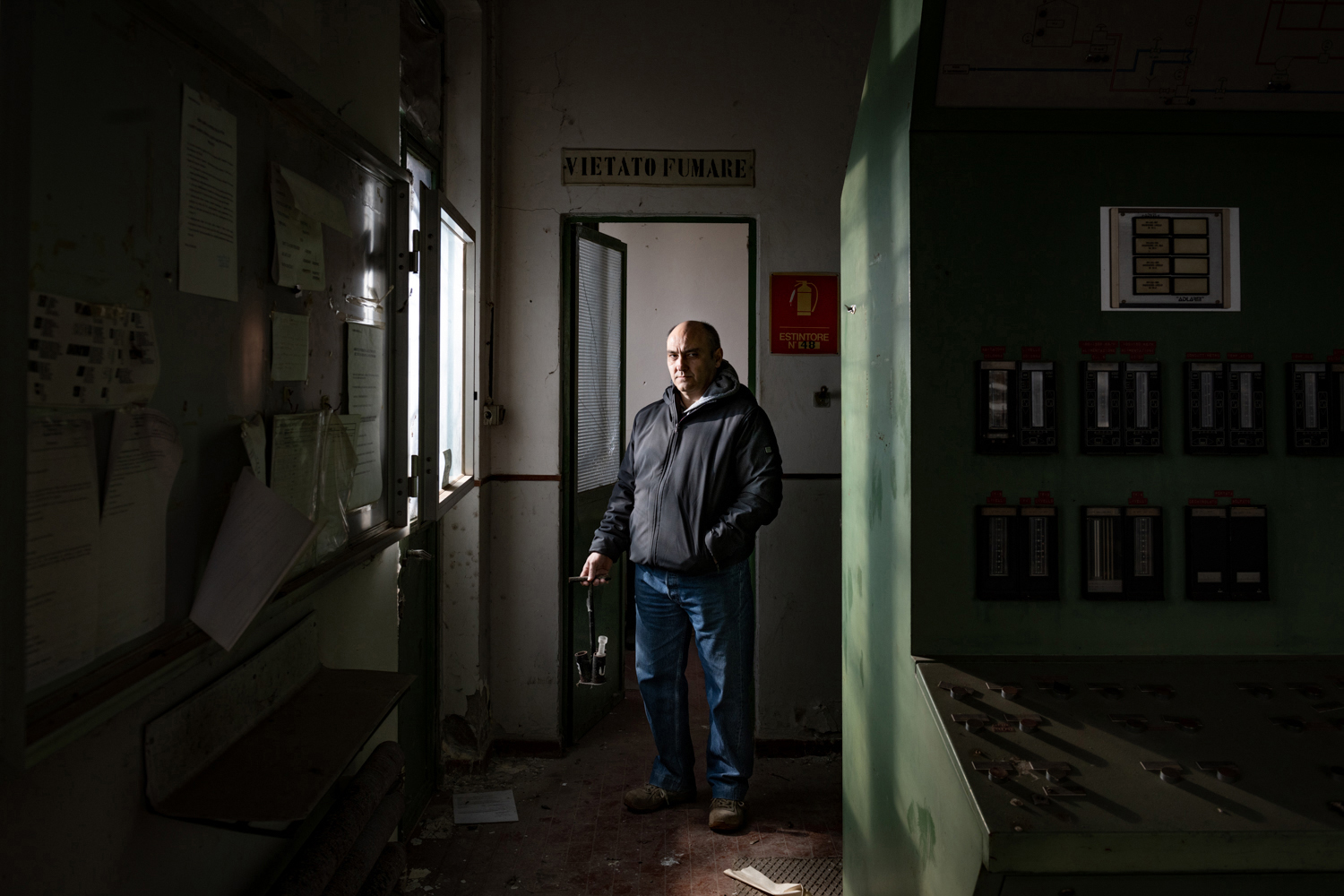

Mr. Gianluca Saccò, shift supervisor, worked in Carbochimica from 1987 to 2005.
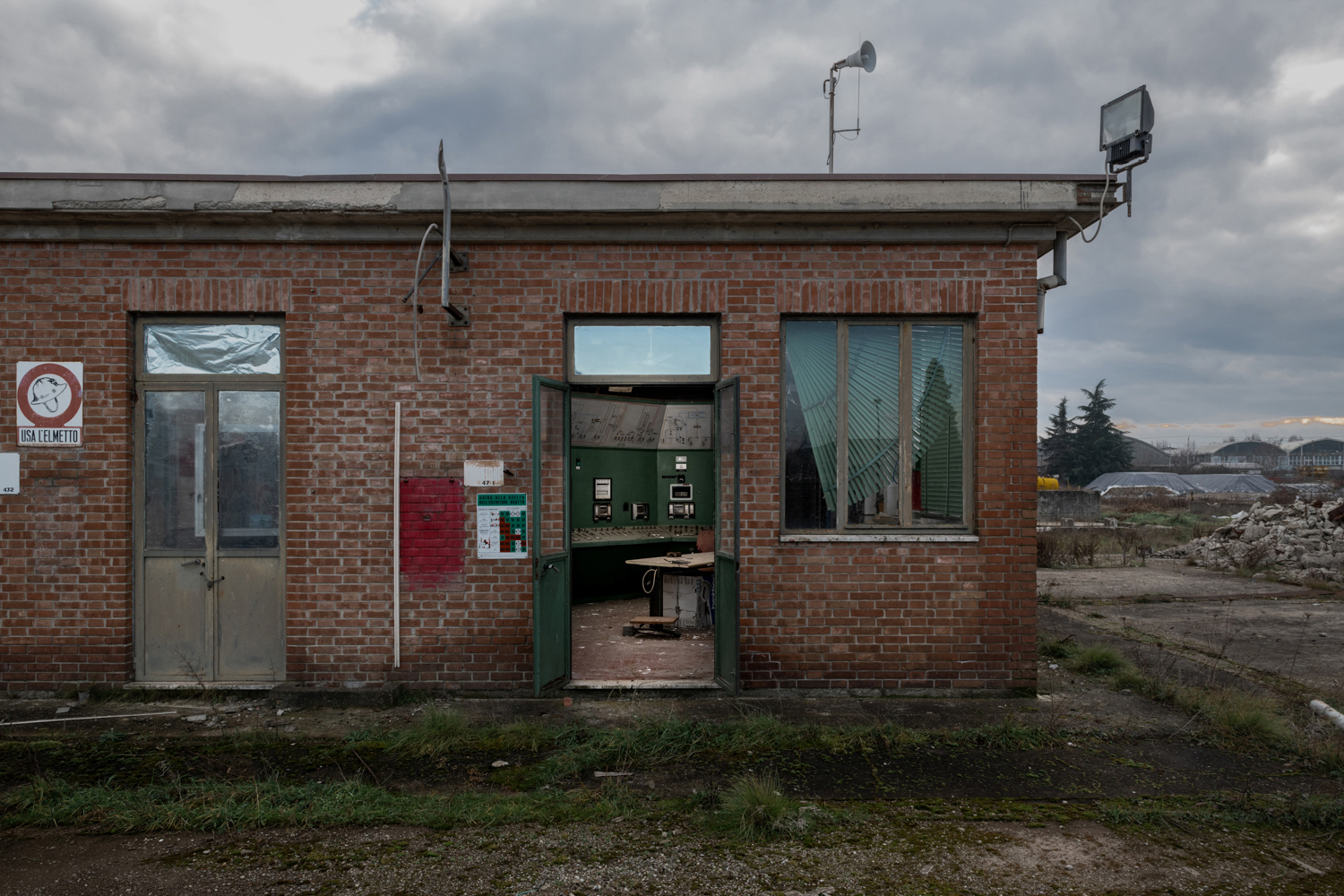

The company, Carbochimica was founded in 1888: its main production consisted of distillation for the production of mothballs. The production lines and technologies used made it an excellence of Italian chemical production. The company closed due to bankruptcy in 2004.The area is approximately 84,000 square meters.
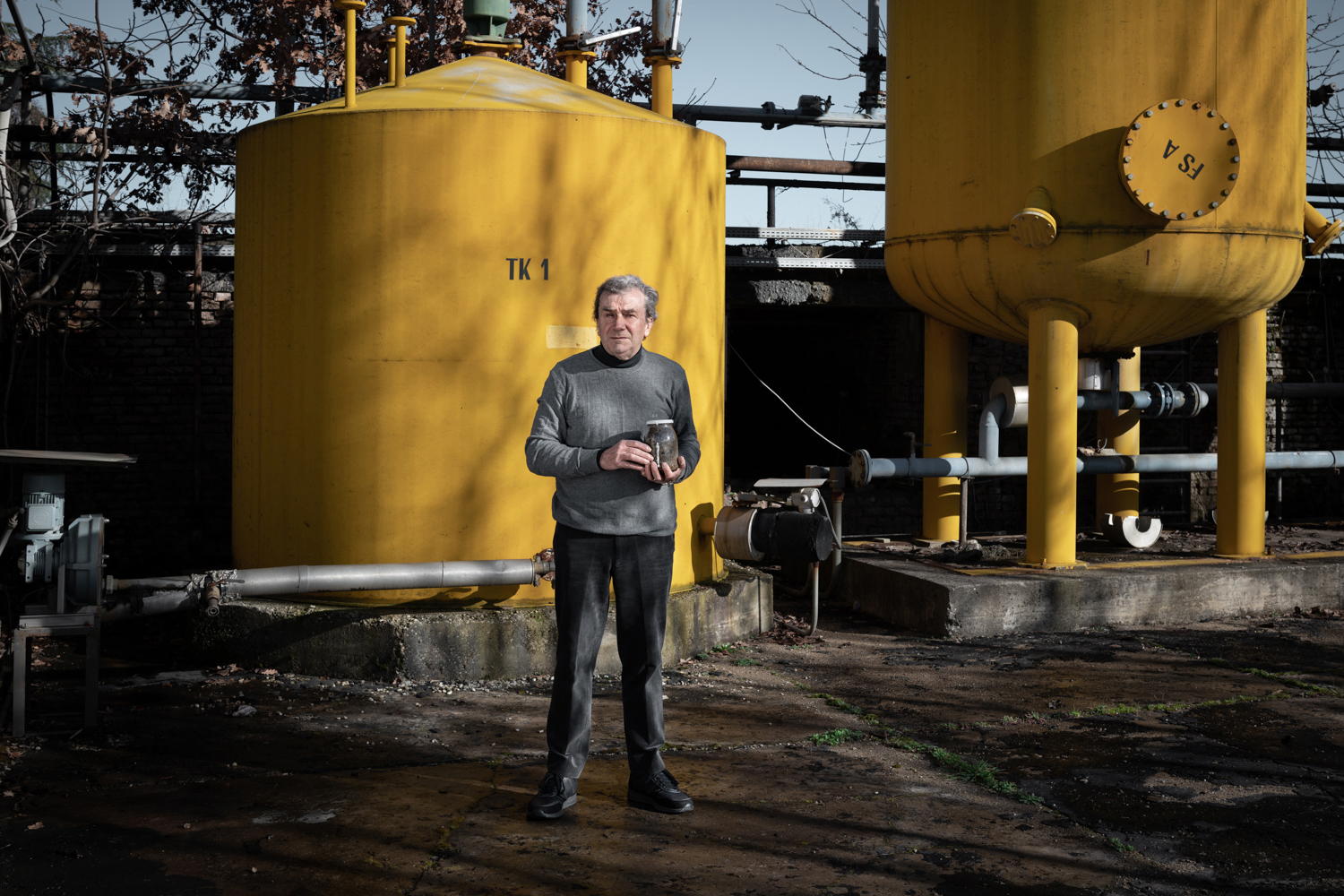

Graduated in Chemistry at Università di Parma, in 1975, Gian Paola Carta worked until 2002 at Carbochimica, first as Head of Safety and Environment and then as Plant Manager.
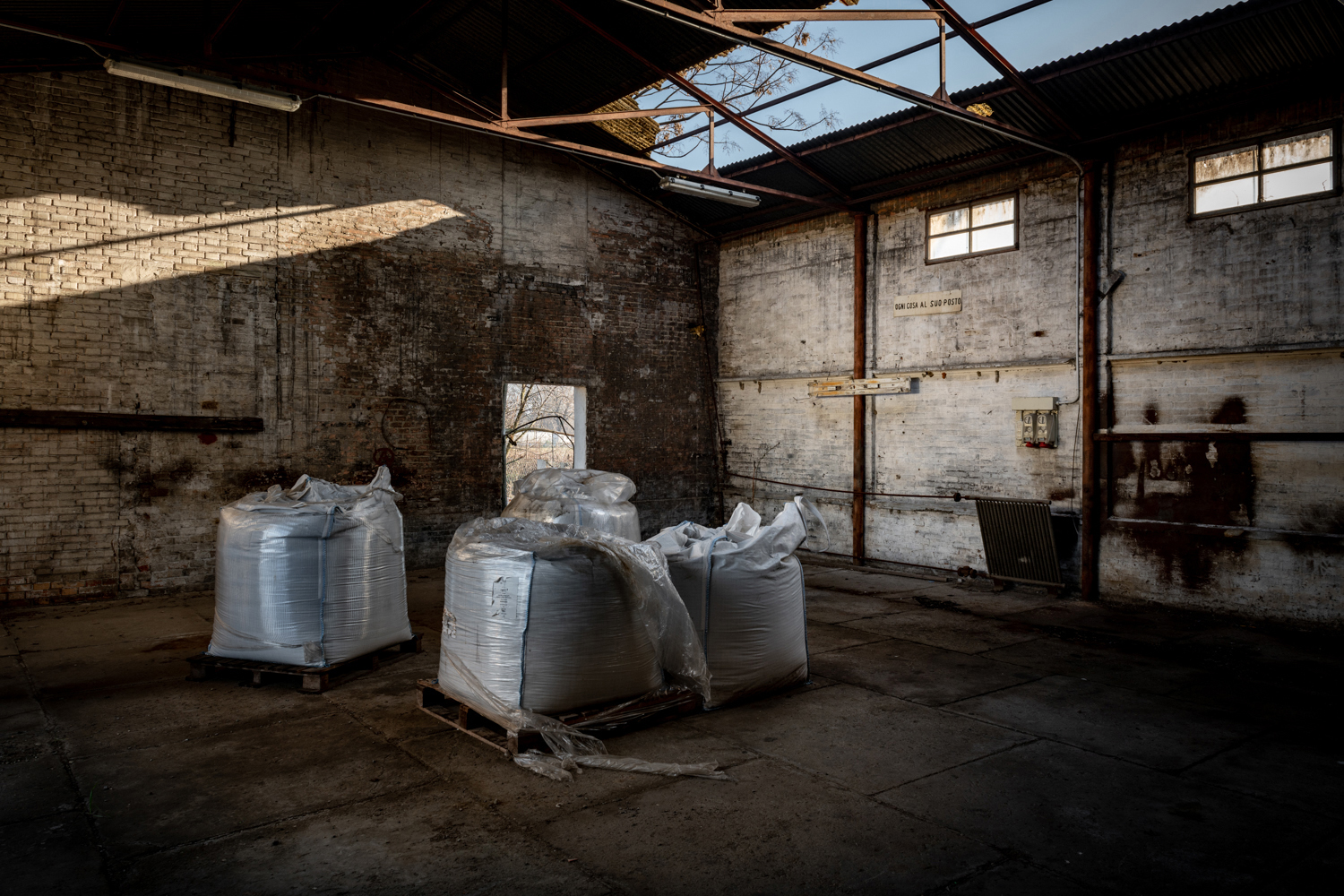

The first necessary approach to SIN in Fidenza have been the studies on its perimeter characterization and an in- depth study of the pollutants present, with the aim of containing contamination within the site and obtaining an exhaustive picture of the hydrocarbons to be disposed of.
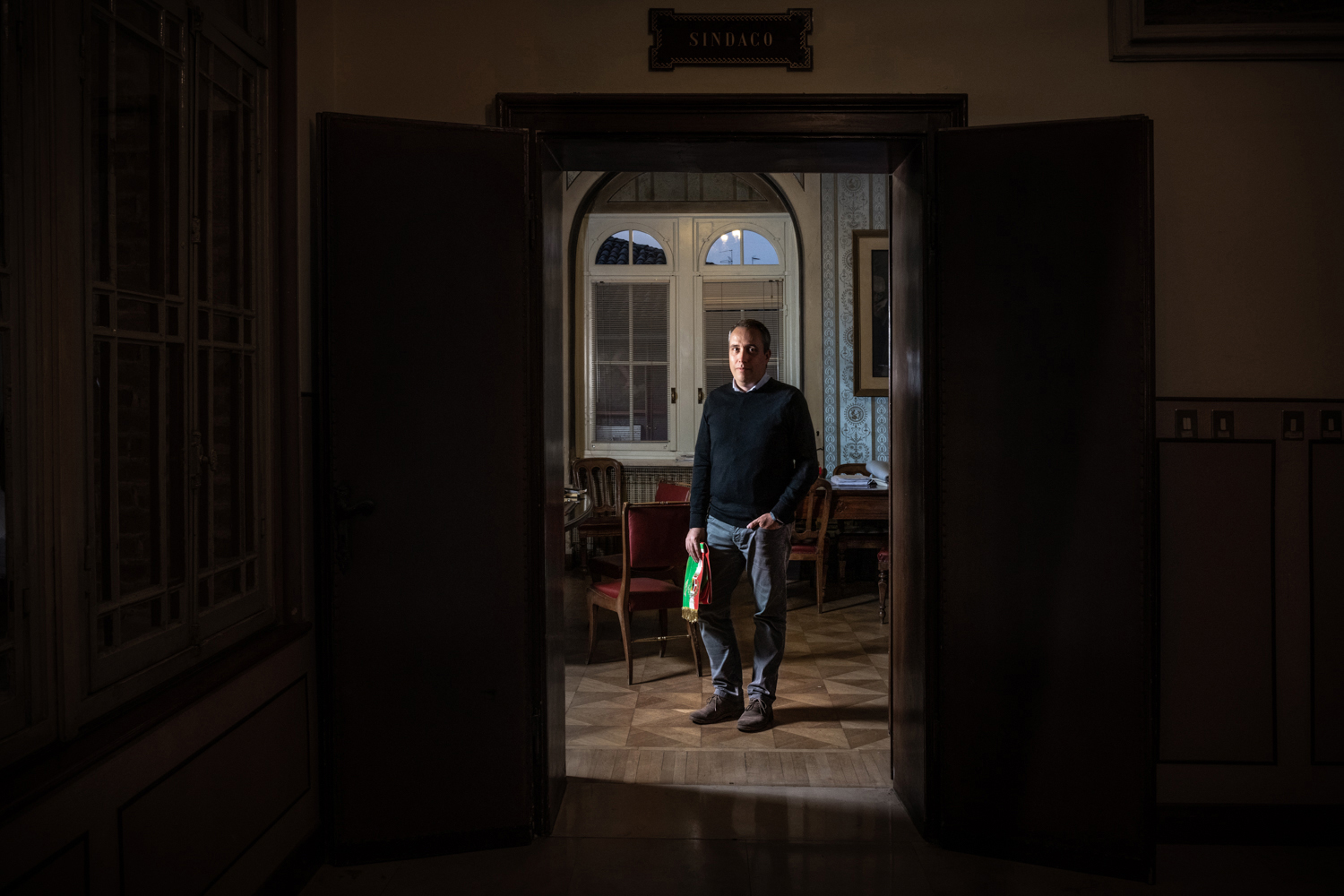

Andrea Massari, civil engineer, former Councilor for the Environment, has been Mayor of Fidenza since 2014. He has wanted and experienced the clean-up on the front line from its birth to its future planning phase.
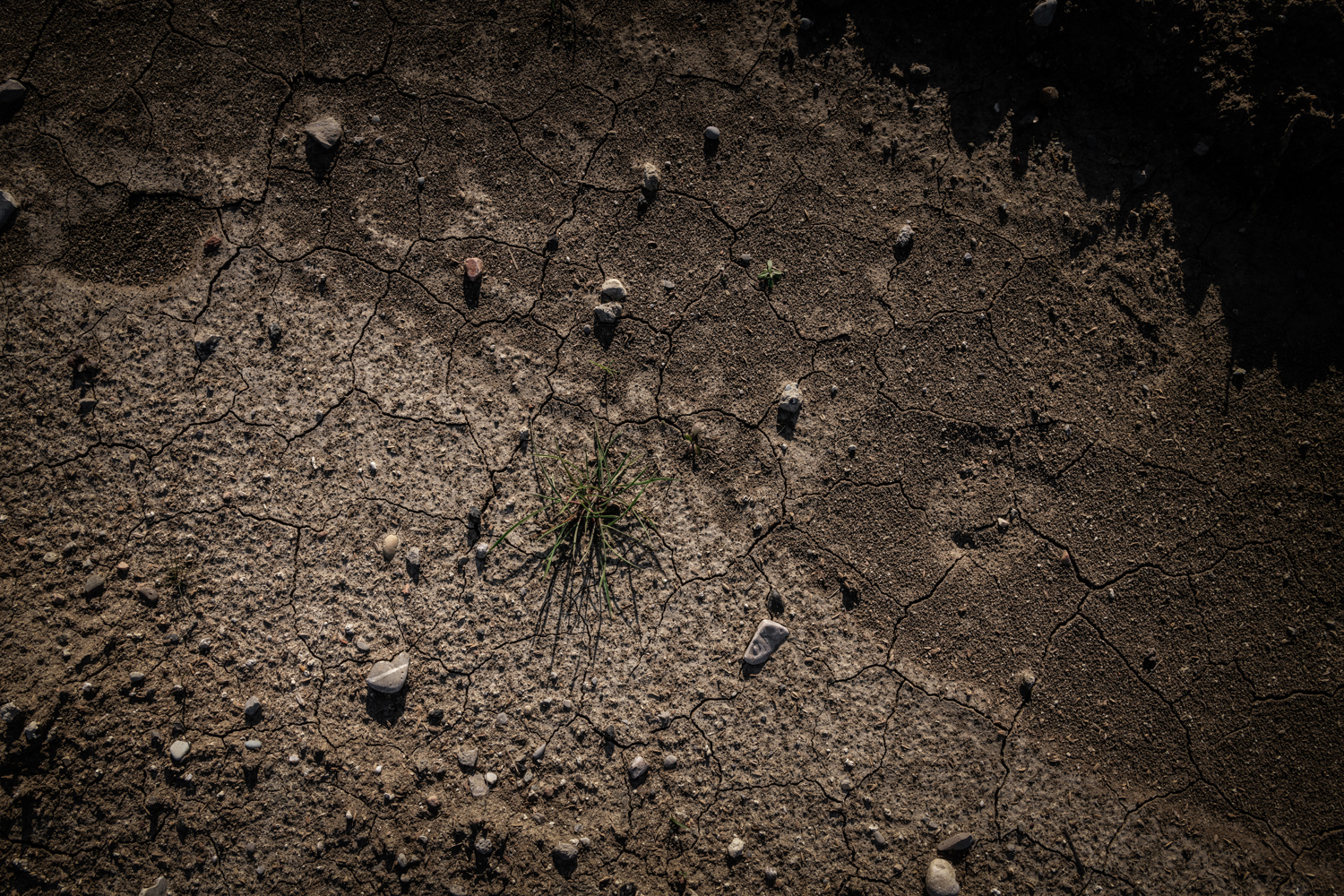

On the reclaimed land and in the area in question, the Municipality has developed a detailed public initiative plan for the productive reuse with compatible activities, once the remediation has been completed.
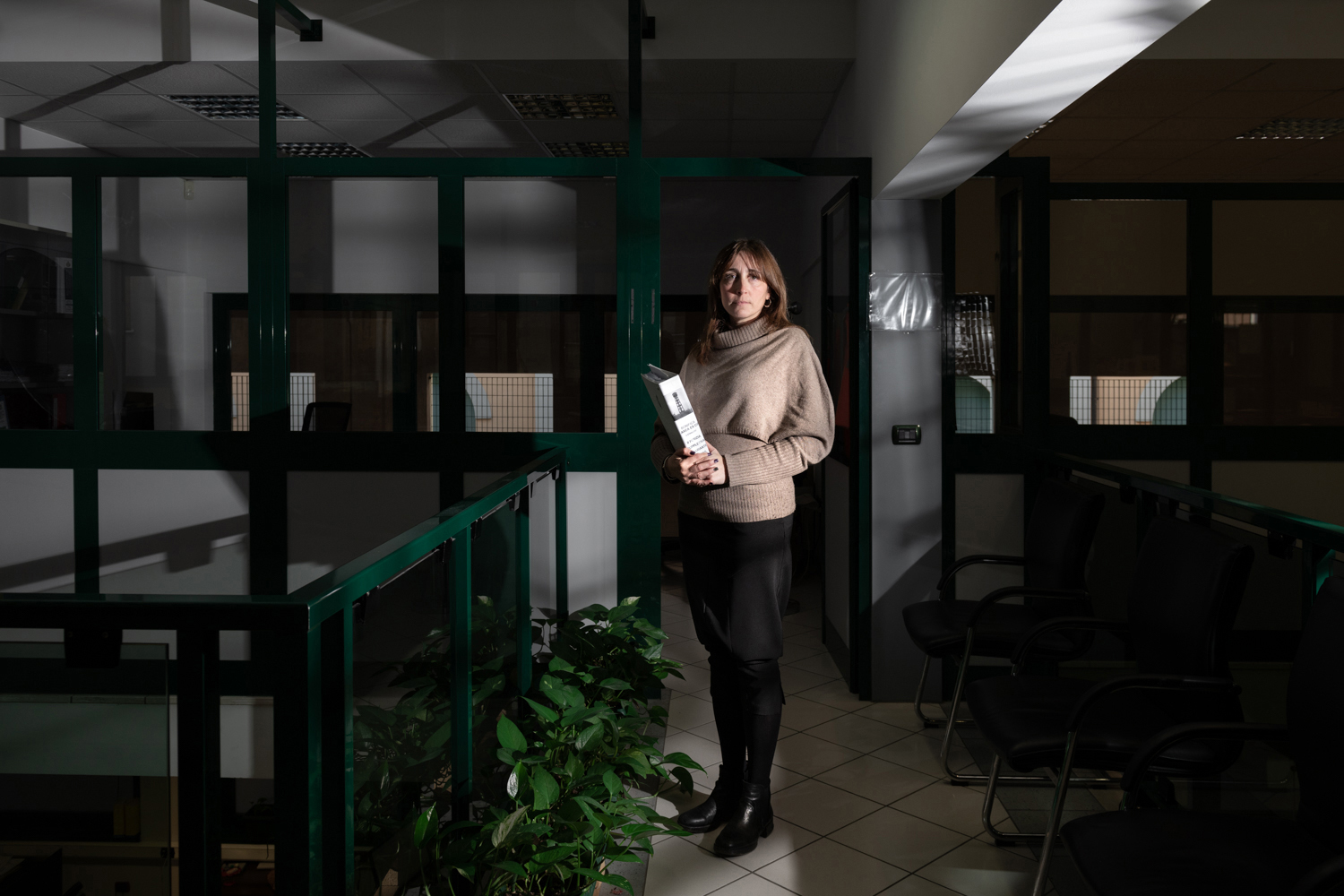

Ha visto nascere il progetto di bonifica fin dal 2001 dopo l’emanazione del decreto 18 settembre 2001, n. 468, “Programma nazionale di bonifica e ripristino ambientale” che ha inserito tra i siti di interesse nazionale il sito Fidenza.
Marianna Sandei is Officer in charge of the Environment and Public Green Service of the municipality of Fidenza. It saw the remediation project start in 2001 after the issuance of decree 18 September 2001, n. 468, “National environmental remediation and restoration program” which included the Fidenza site among the sites of national interest.
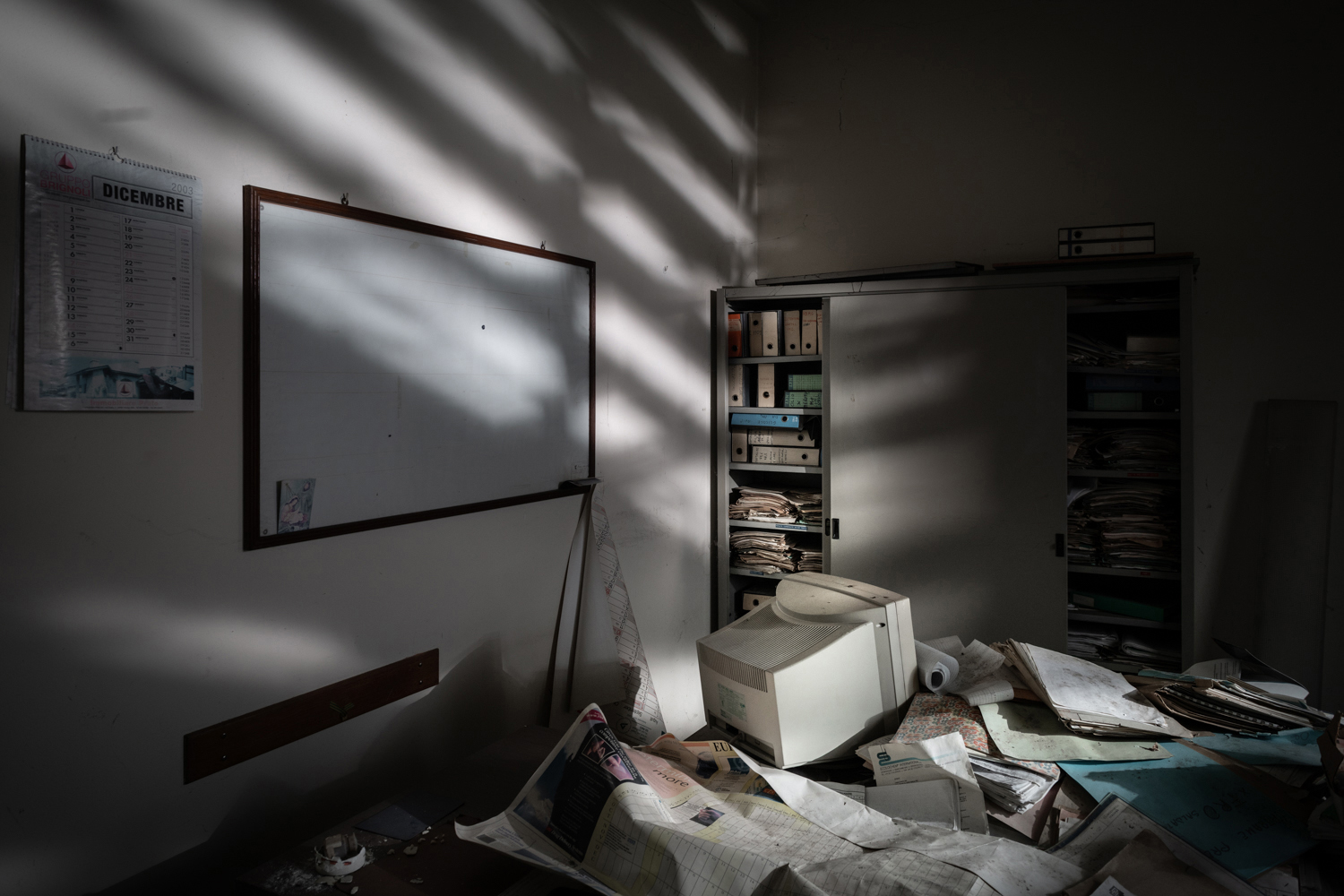

Il decreto 16 ottobre 2002 “Perimetrazione del sito di interesse nazionale di Fidenza” ha reso possibile l’avvio del progetto di recupero ambientale ed urbanistico.
The archive of the two companies has provided important material for the knowledge of the processing phases, the disposal methods and the people who have followed the various tasks over the years. The decree of 16th October 2002 "Perimeter of the site of national interest, in Fidenza" made it possible to start the environmental and urban recovery project.
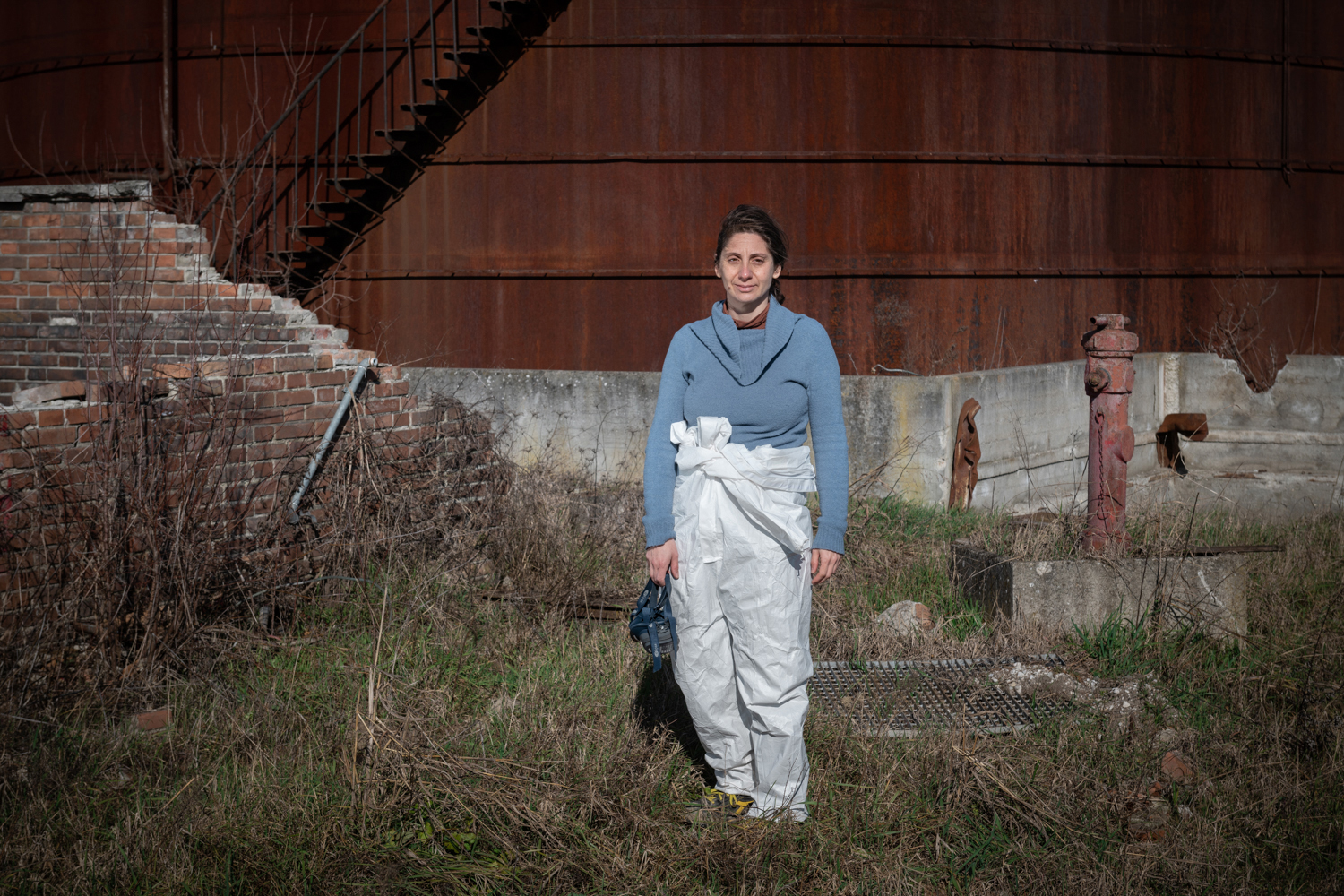

A Fidenza si è occupata dei campionamenti di terreni e acque, della predisposizione di test pilota a livello di laboratorio e in campo, della progettazione conclusiva degli interventi e dell’assistenza alla direzione lavori delle attività.
Alessandra Bello After graduating in chemistry in 2003, she attains a PhD in 2008 at Università di Parma. In Fidenza she dealt with the sampling of land and water, the preparation of pilot tests both in the laboratory and field, the final planning of the interventions and the assistance to the works management of the activities.
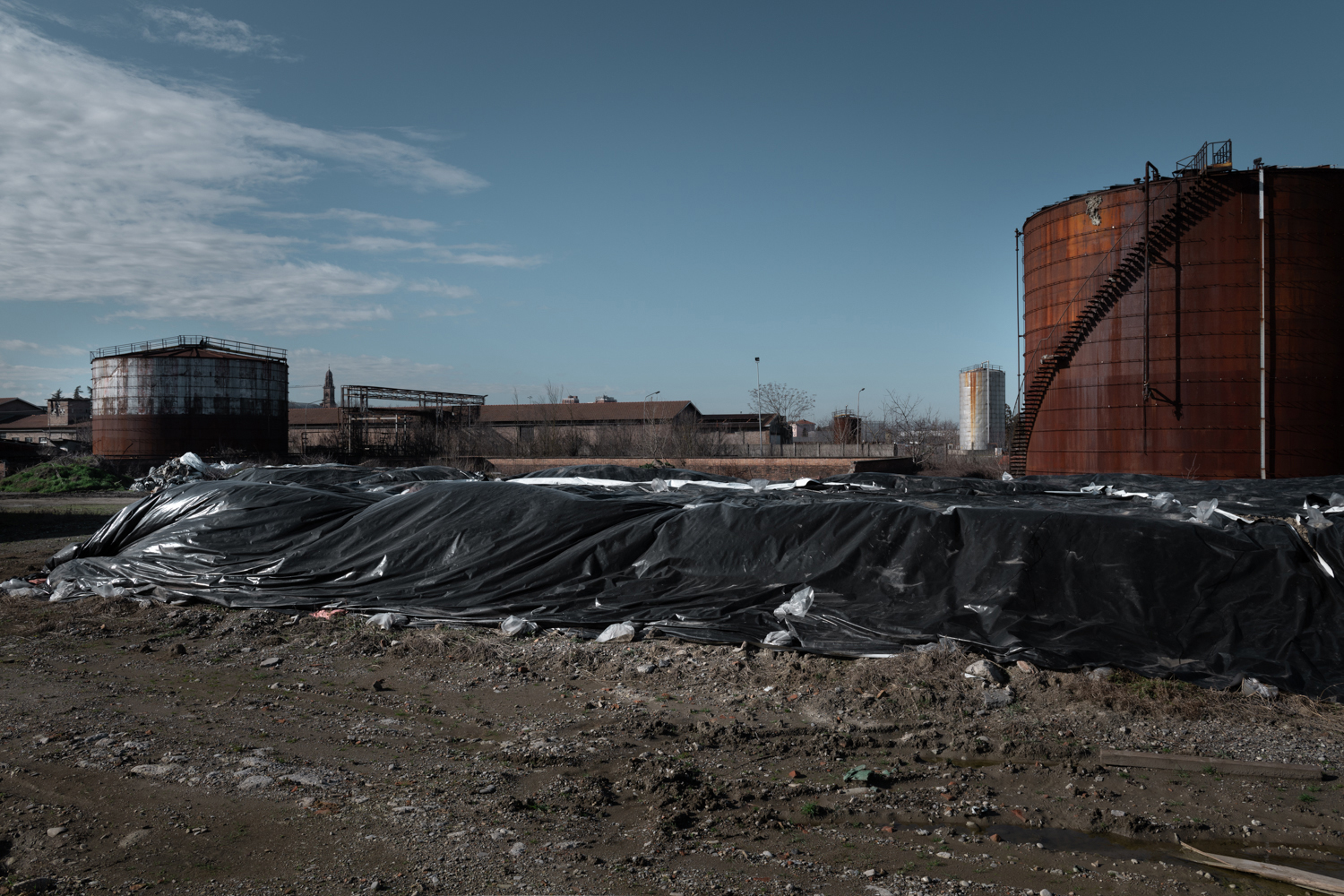

The biopile is a biological remediation technique that is based on the ability of the autochthonous microorganisms of the soil to degrade some types of contaminants in certain environmental conditions. It is based on the ability of certain microbial strains, both bacterial and fungal, to attack a wide spectrum of chemical molecules transforming them into energy and nourishment.
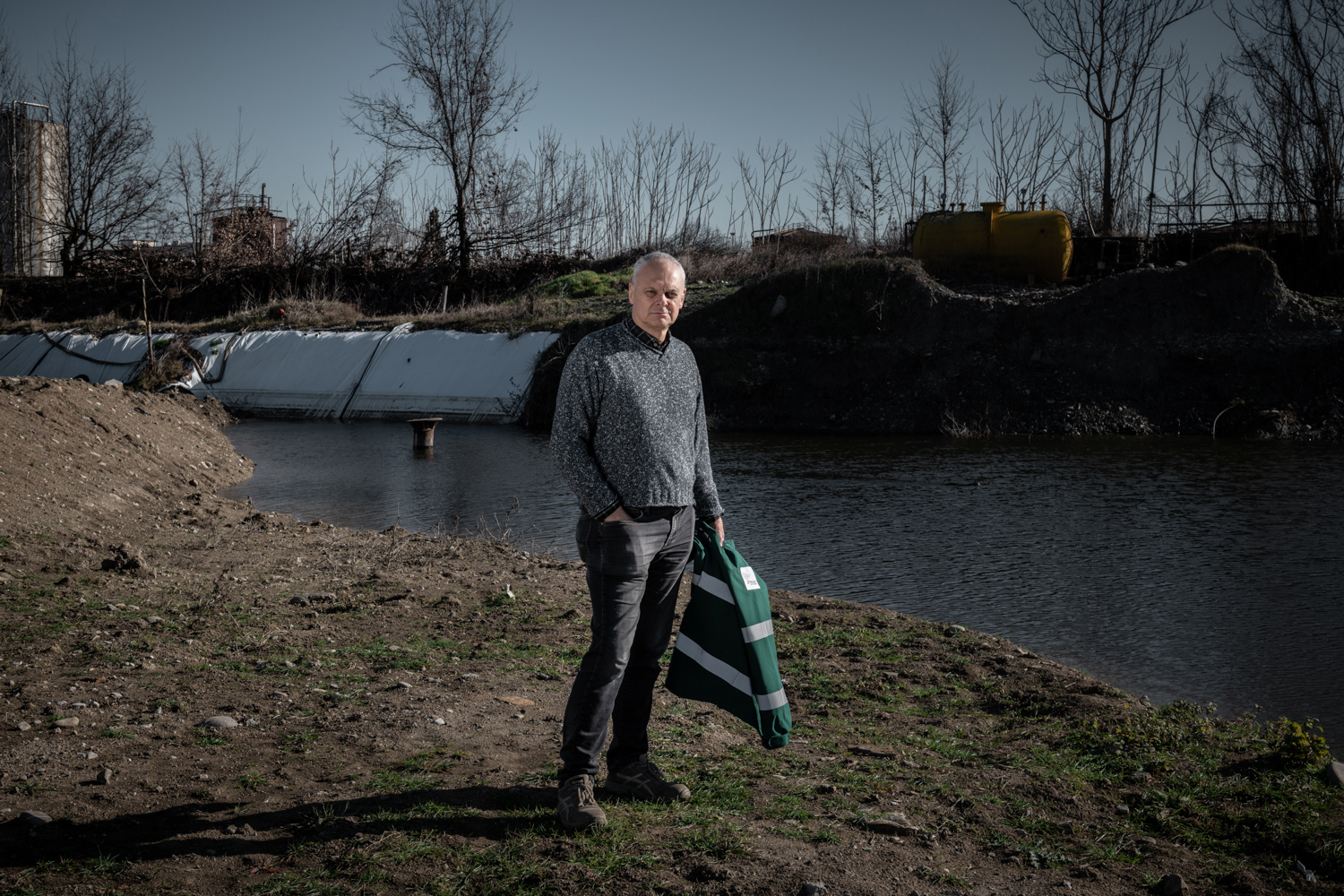

Sul sito exCIP e Carbochimica dal 1988, segue tutte le fasi di indagine e caratterizzazione dell’area e i successivi interventi di bonifica.
Enrico Mozzanica is a graduate technician in agriculture who, since 1996, has worked for Arpae, the regional agency for prevention, the environment and energy in Emilia Romagna. Since 1988 he has followed on the exCIP and Carbochimica site all the phases of investigation and characterization of the area and subsequent remediation interventions.
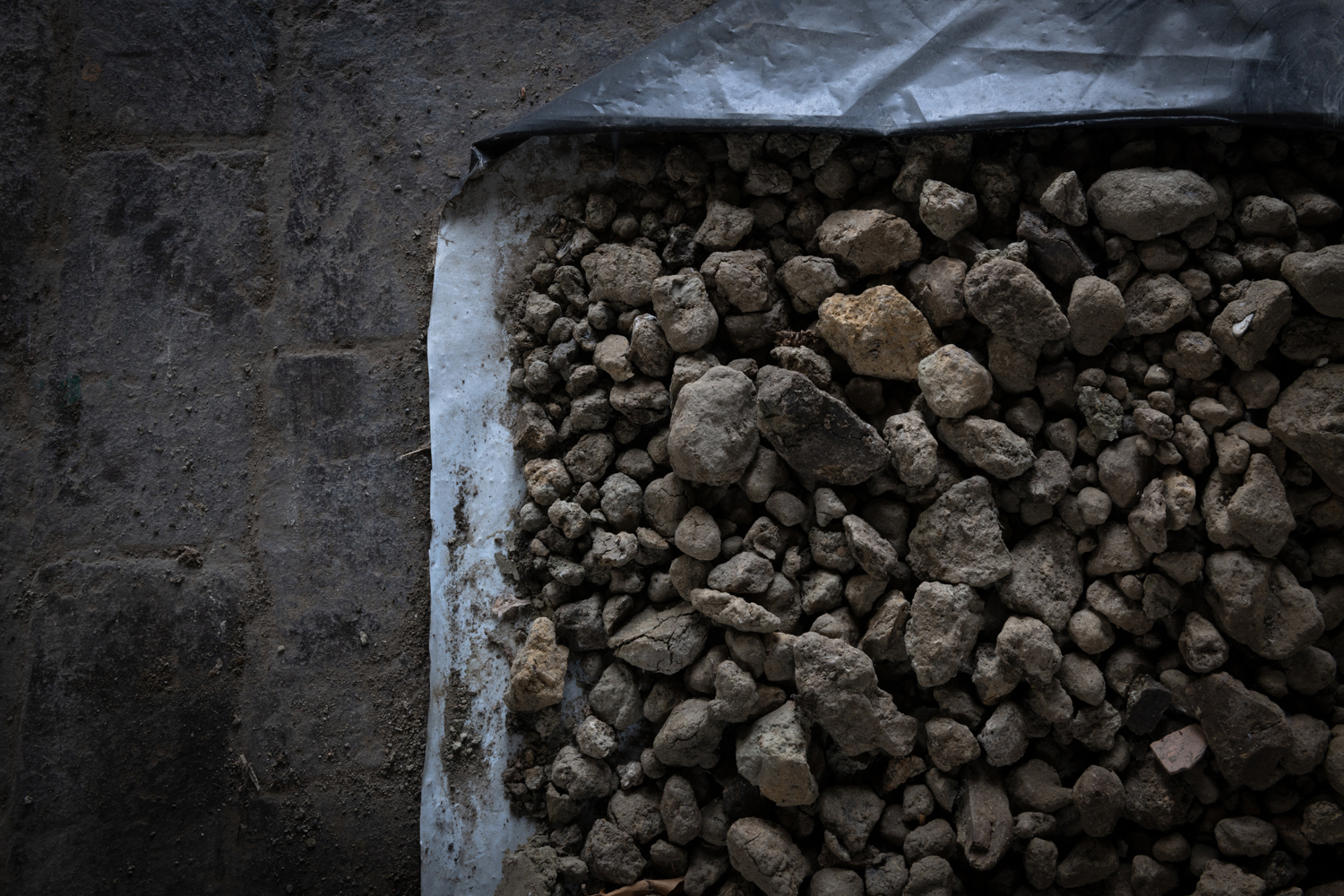

The site has been subjected to three successive emergency safety interventions, during which a large amount of the land deemed dangerous was removed both by type and by concentrations of pollutants.
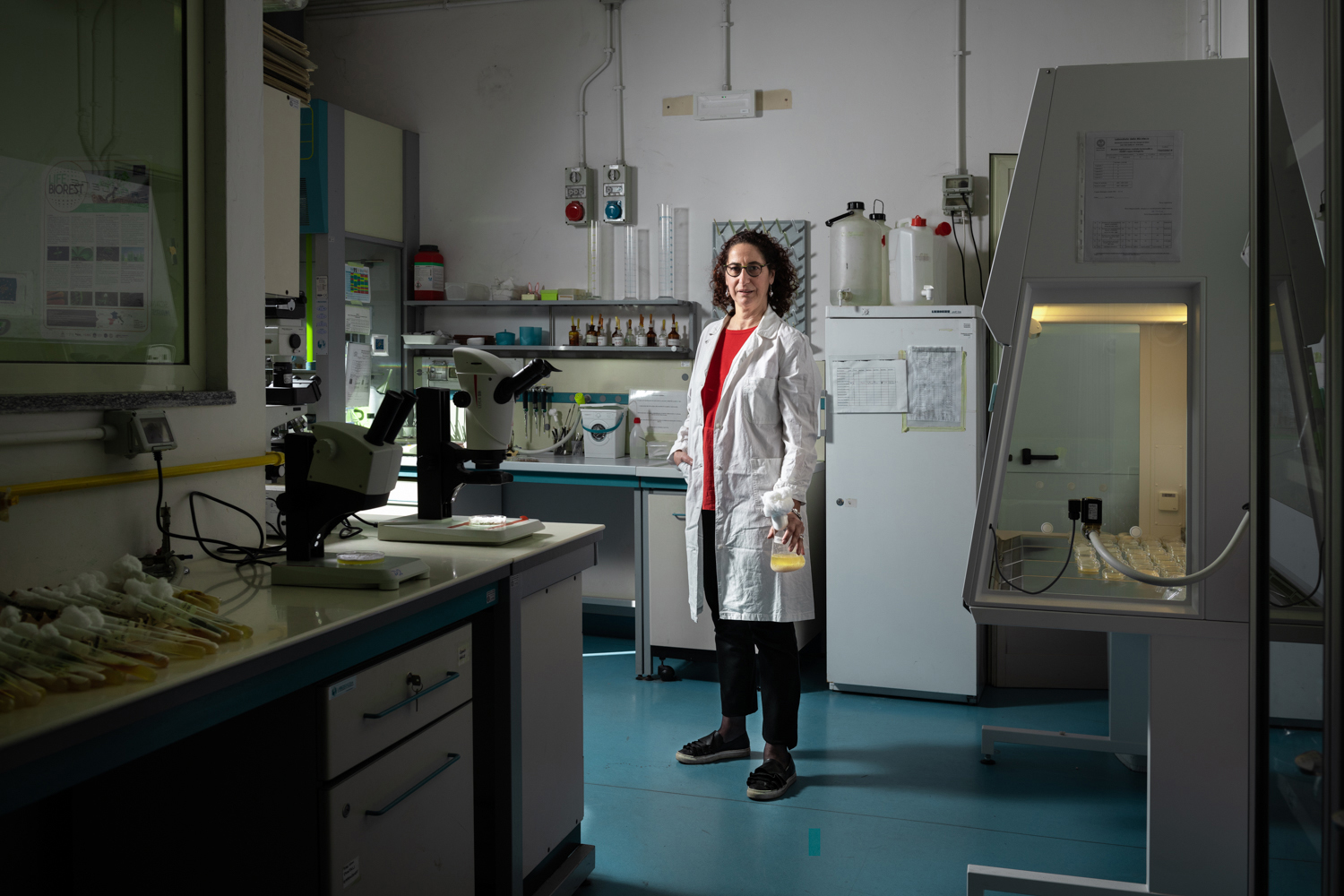

Giovanna Cristina Varese is a Full Professor at the University of Torino. She is the Scientific Head of the Mycotheca Universitatis Taurinensis of the Department of Life Sciences of the University of Torino, the fungal collection that preserves more than 6500 fungal strains.
The MUT team within the EU project LIFE Biorest mainly focused on the isolation and characterization of the mycobiota of the contaminated soil of Fidenza.
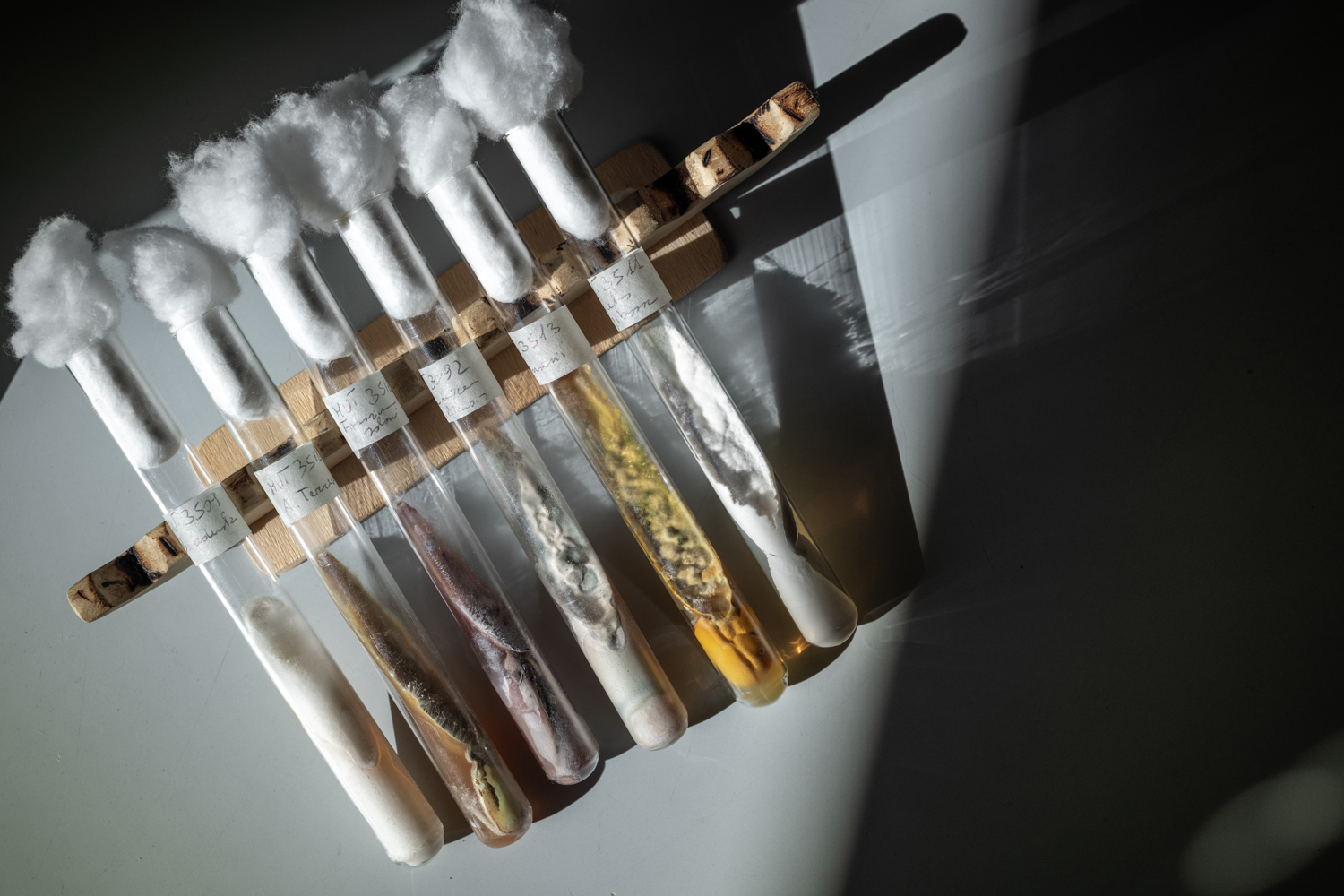

Hundreds of fungi have been identified and screened for the capability to degrade the target pollutants, to produce oxidative enzymes, biosurfactants, and to colonize proper carries. According to these preliminary screening, 30 fungi have been selected to create consortia with selected bacteria that were tested for their bioremediation properties in micro- and mesocosms. According to these trials, one microbial consortium (4 bacteria + 6 fungi) has been selected for field trials. MUT contributed in all the steps of the project supporting the other teams during the biopile preparation and activity and during the revegetation phase (monitoring microbial load and ecotoxicity tests).
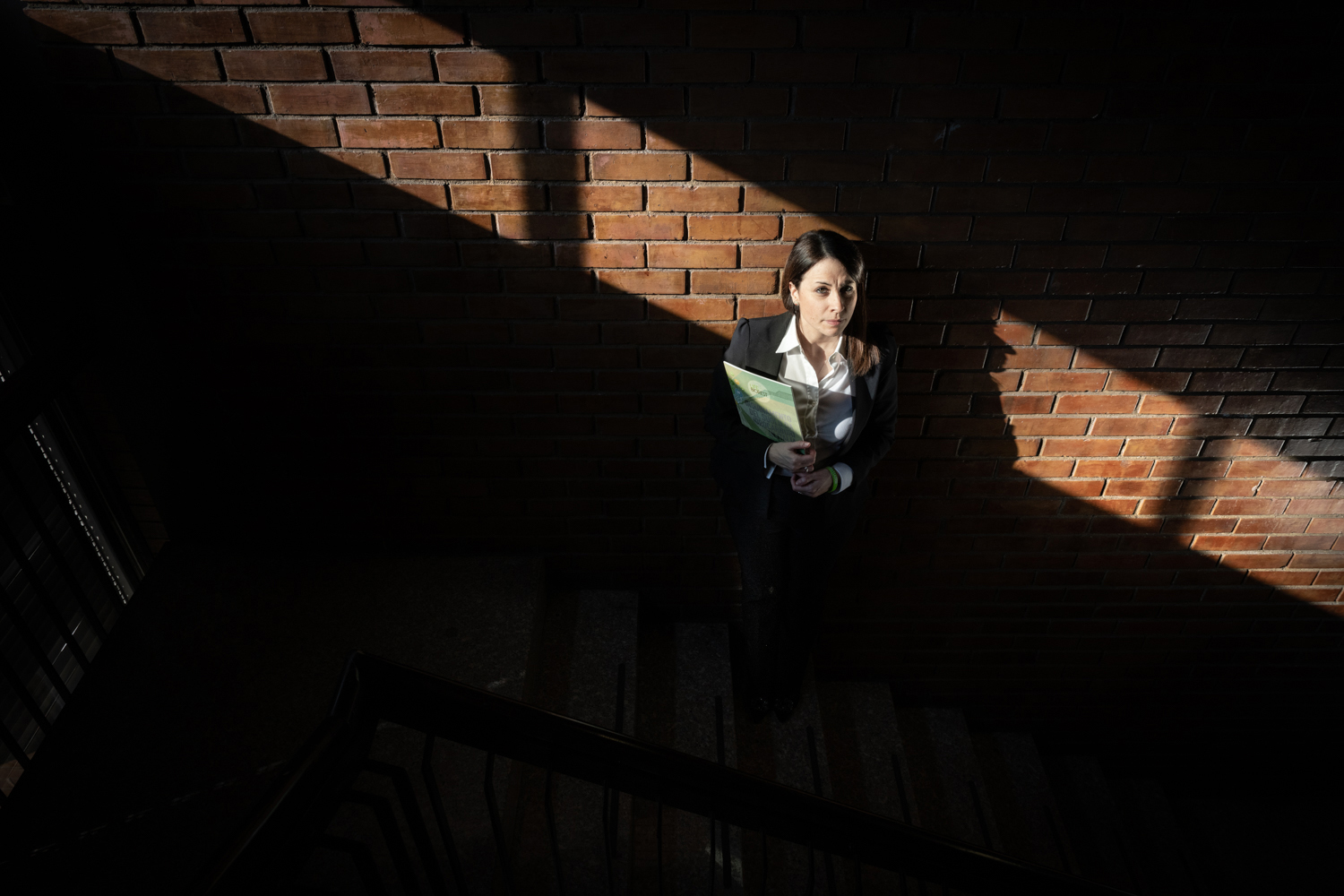

Ilaria Re is the EU Project Office and Communication Director at Consorzio Italbiotec and consultant for the business development, with over ten years’ experience in public fundraising in the field of research, innovation and technology transfer, grant management and bid writing. She has managed over 40 innovation, higher education and research projects at national and European level, with a focus on industrial biotechnology, green chemistry, life sciences and agro-food field.
She is the project coordinator of the LIFE Biorest project.
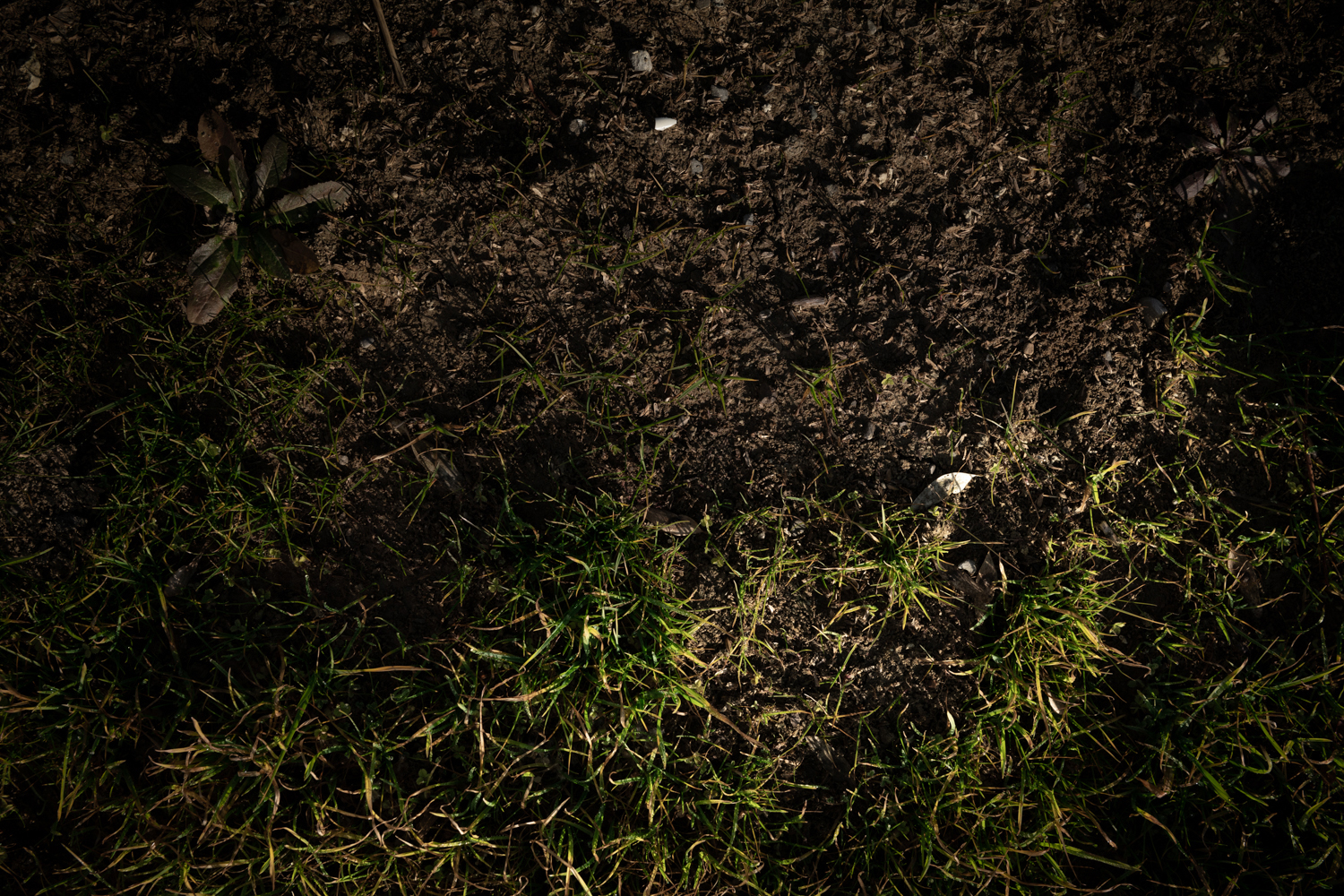

The project is focused on demonstrating the economic sustainability and efficiency of a bioremediation method based on the selection and bioaugmentation of autochthonous microbial strains selected for their high degrading capacity. With the final goal of restoring the ecological functions of the soils, counteract the loss of fertility, biodiversity and resilience and bring new green areas back for the community.